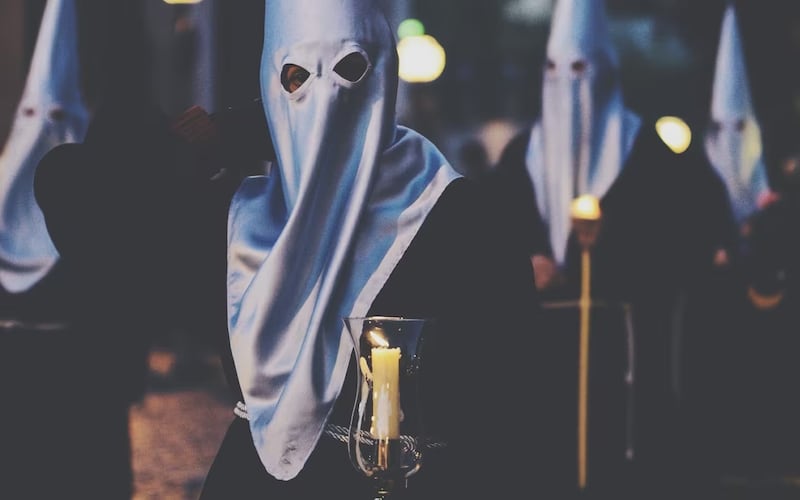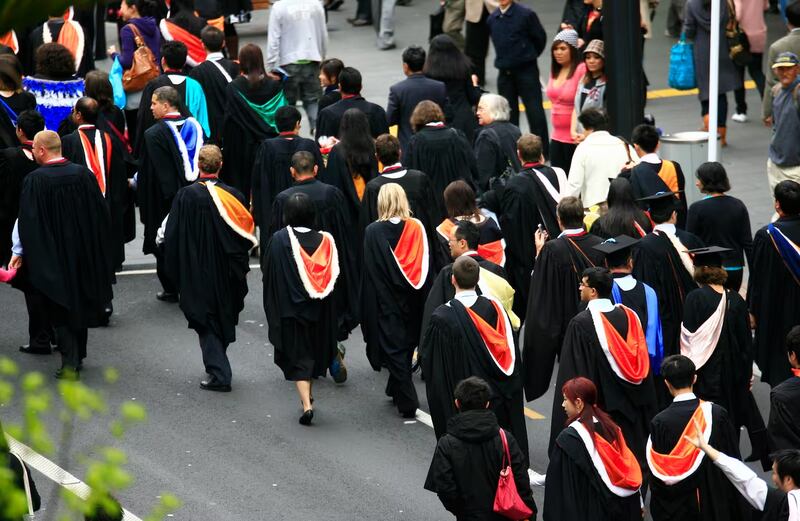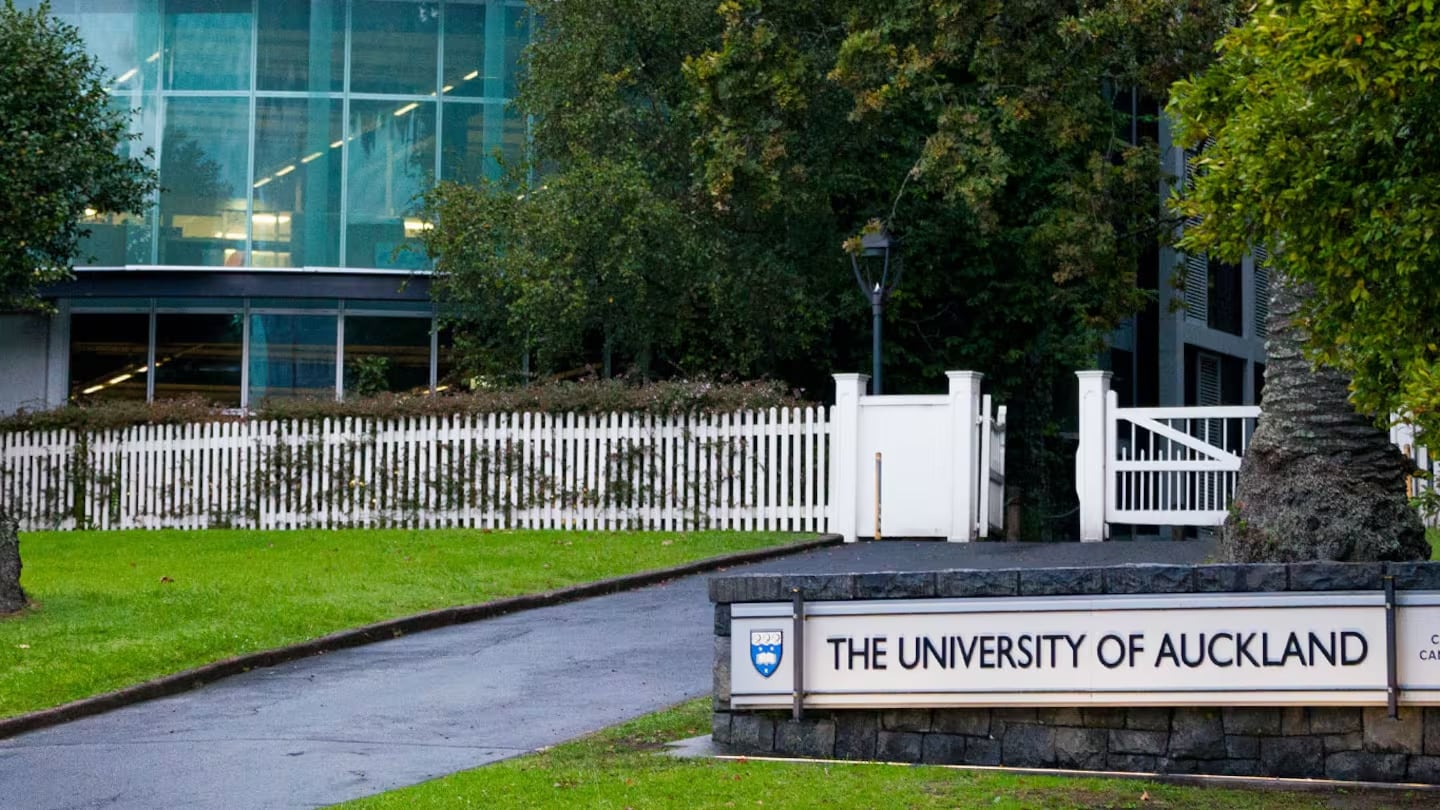No matter what your cultural background or ethnic make-up is, getting into university is hard enough. But fitting in can be a whole other issue.
This week, controversy blew up about a sign at an Auckland University room reading: “This is a designated area for Māori and Pasifika students. Thank you.”
Act’s tertiary education spokeswoman Dr Parmjeet Parmar said it was nothing short of segregation and that universities owed Kiwis who pay their bills an explanation.
On Thursday, she released another statement saying: “I am seriously disturbed by the suggestion that in order to be safe, Māori students need to isolate from non-Māori.
“And I worry about the perception of international students who arrived here expecting to study in an inclusive, egalitarian environment.”
The sign could have been worded better, no doubt. And that can be seen as the problem – but not the spaces themselves.
When my friends and I were at uni, most of those rooms for Pasifika or Māori students had official names like the Fono (meeting) room or the Whānau room.
And just like the word whānau suggests, everyone was allowed inside – not just the brown kids. No one was at the door checking birth certificates or the Samoan-ness of your name.
Deputy Prime Minister Winston Peters compared these spaces to the Ku Klux Klan and an “apartheid” way of thinking”. PM Chris Luxon said he was “highly disappointed” that universities were offering such spaces.
The comparison to segregation, the Ku Klux Klan and apartheid is simply disrespectful – not only to African American and South African communities, but also to Pasifika and Māori.
That rhetoric sparks images of beatings, murder, lynchings and white-hooded men angry at the idea of drinking from the same tap as a black man.

Comments from some of our country’s leaders that these spaces suggest division or elitist views among students are disappointing.
It’s as if they never lived or grew up in Aotearoa, diverse, multicultural and in the case of Auckland, the largest Polynesian city in the world.
These university spaces have been around for decades. They have them in high schools around the country and they are not unique to New Zealand. There are spaces for students of colour in universities in the US, for example.
Helping minorities feel supported
Pasifika peoples are already a minority. And in a university context, we are even more of a rare gem, if you like – the brown kids who passed NCEA and the university entrance exam are minorities within a minority.
In 2018, there were 175,240 university students in New Zealand, according to Universities NZ. Of those students, 14,520 were Pasifika.

There’s this idea that everyone is equal. Uh, no we’re not. Not everyone grew up the same – the socio-economic statuses are not the same. The cultural understanding of family and church obligations is not the same.
Many of these specifically Pasifika spaces also had Pacific liaisons or counsellors we could talk to about various issues – from essay structures, to help with an ID, financial assistance advice or pastoral care. For many of us who accessed those spaces, it was because we were not equal to our Palagi peers.
We couldn’t afford the sometimes $100-plus books required for a course – the most expensive book I’d ever owned before uni was the Bible.
Then there are the issues many Pacific kids would rather not talk to their Palagi lecturer about – not out of disrespect, but out of embarrassment, shame or because they know their lecturer just won’t understand.
They would rather talk to the Pacific or Māori liaison or counsellor because they do understand. They get why you have to ask for an assignment extension because your uncle died and you have to take the week off to help with feaus (chores) before the funeral.
There are other rooms on university campuses to help students from other cultures, religions or sexual orientations feel comfortable, included, part of something or just to feel safe.
There are spaces for Asian students, prayer rooms for Muslims, multi-faith rooms for meditation and prayer, spaces for the rainbow student community and those for parents on campus.
They are there to give minority students a feeling of inclusion, support and belonging on campus. They are not there to hurt or offend.

